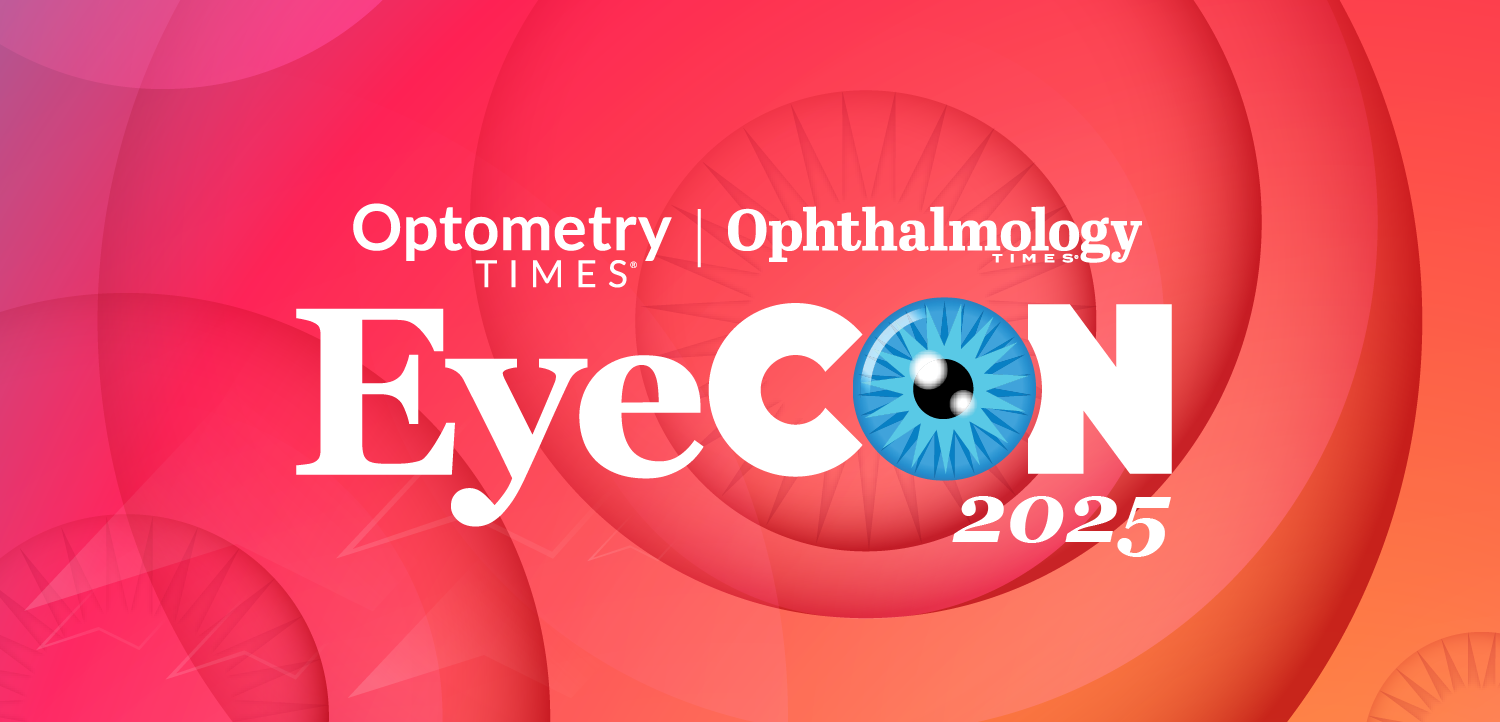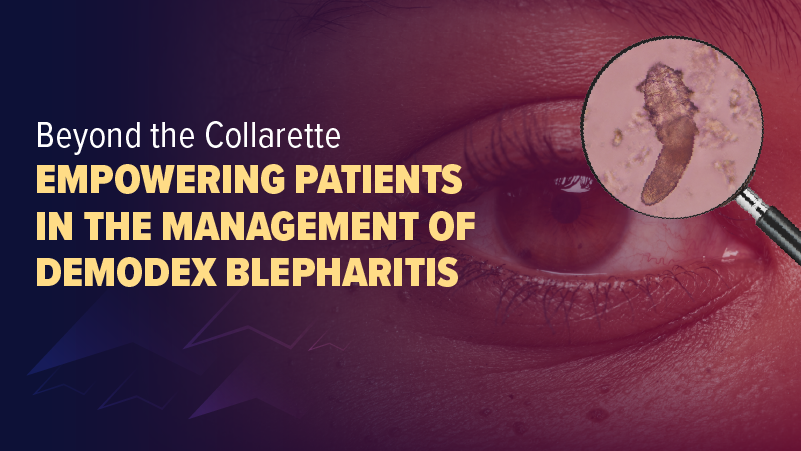Perfuse Therapeutics shares positive results from Phase 2 clinical trials of PER-001
Perfuse Therapeutics reveals promising Phase 2 trial results for PER-001, a potential treatment for glaucoma and diabetic retinopathy.
Perfuse Therapeutics, Inc has shared positive results from 2 Phase 2 clinical trials of PER-001, targeting
In the company’s press release1 on this data, Phil Lai, MD, chief medical officer of Perfuse Therapeutics emphasized their work to prevent blindness caused by multiple conditions. He said, "Our goal is to pioneer the first disease-modifying treatment for ocular diseases that share a common underlying pathology of ischemia—starting with glaucoma and diabetic retinopathy and rapidly expanding into dry age-related macular degeneration. Our studies demonstrated that PER-001 has the potential to transform care for leading causes of blindness, delivering sustained benefits that not only prevent blindness but also improve vision."
PER-001 for glaucoma
Findings from the Phase 2a glaucoma trial showed that after single intravitreal administration of PER-001 released for 6 months, added to existing standard-of-care IOP-reducing therapies:
- 22.2% of low-dose and 37.5% of high-dose patients experienced ≥7 decibel (dB) improvement in a pre-defined retina region of minimal 5 test points compared to 0% in control in six months. This improvement is 8x to 14x better than natural history of disease (2.7%) with currently available treatments.
- No PER-001 treated patient experienced ≥7 dB loss compared to 12.5% in control in six months. Control rate of ≥7 dB loss observed in this study is consistent with the natural history of disease (13%) with currently available treatments.
Early results of the PER-001 glaucoma clinical trial were reported at the Association of Research in Vision and Ophthalmology (ARVO) annual meeting in May 2025. This initial dataset demonstrated improvement in ocular blood flow, optic nerve structure (OCT RNFL) and function (visual field rate of change) outcomes with PER-001 in glaucoma patients.1
PER-001 for diabetic retinopathy
Key findings from the diabetic retinopathy Phase 2a trial showed a single intravitreal administration of PER-001 released for 6 months led to:
- Improved function (contrast sensitivity, visual acuity and visual field). There was a mean of +0.9 dB improvement in low luminance contrast sensitivity in the high-dose group and +0.65 dB in the low-dose group across multiple frequencies measured at week 20. In contrast, a mean of -2.1 dB worsening occurred in the control group over the same period. This corresponds to a difference of 2.75 dB to 3 dB magnitude for low- and high-dose groups compared to control; 3 dB is equivalent to ETDRS 15 letters (three lines). The low luminance, low contrast visual acuity was better by a mean difference of 5.5 and 5.1 letters from baseline in low- and high-dose groups compared to control measured at week 20. Patients with reduced peripheral vision showed an improvement of +1.8 dB per year with PER-001 treatment compared to +0.01 dB per year in the control group at six months.
- Improved structure (macular ischemia, macular leakage and macular microaneurysms by ultrawide field fluorescein angiography): PER-001 treatment improved macular ischemia index, macular leakage and macular microaneurysms across both doses compared to worsening in control at six months. DRSS remained largely stable across all groups.1
Details of this phase are published in "
A total of 60 patients were treated in both trials; 33 participants were enrolled in the glaucoma Ph1/2a and 27 participants in the diabetic retinopathy Ph2a study. The 24-week data demonstrated that PER-001 was safe and well-tolerated in both trials.1
Perfuse Therapeutics plans to initiate pivotal trials across both indications with a larger population of patients over a longer period, starting in the second half of 2025.1
Reference:
Perfuse Therapeutics Announces Positive Results from Phase 2 Clinical Trials in Glaucoma and Diabetic Retinopathy Patients. Perfuse Therapeutics, Inc. June 24, 2025. Accessed June 24, 2025. https://www.biospace.com/press-releases/perfuse-therapeutics-announces-positive-results-from-phase-2-clinical-trials-in-glaucoma-and-diabetic-retinopathy-patients
Newsletter
Don’t miss out—get Ophthalmology Times updates on the latest clinical advancements and expert interviews, straight to your inbox.
Related Articles
 iVeena secures $2 million NEI SBIR grant to advance pediatric myopia therapy
iVeena secures $2 million NEI SBIR grant to advance pediatric myopia therapySeptember 20th 2025
 Part 6: What if? Curing any eye disease with the snap of your finger
Part 6: What if? Curing any eye disease with the snap of your fingerSeptember 19th 2025






















































.png)


